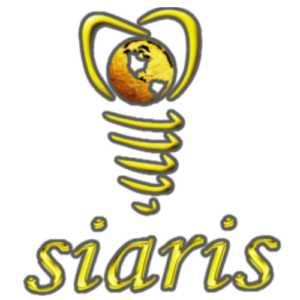Home » Treatments
All Your Implant & Dental Needs.
What we offer
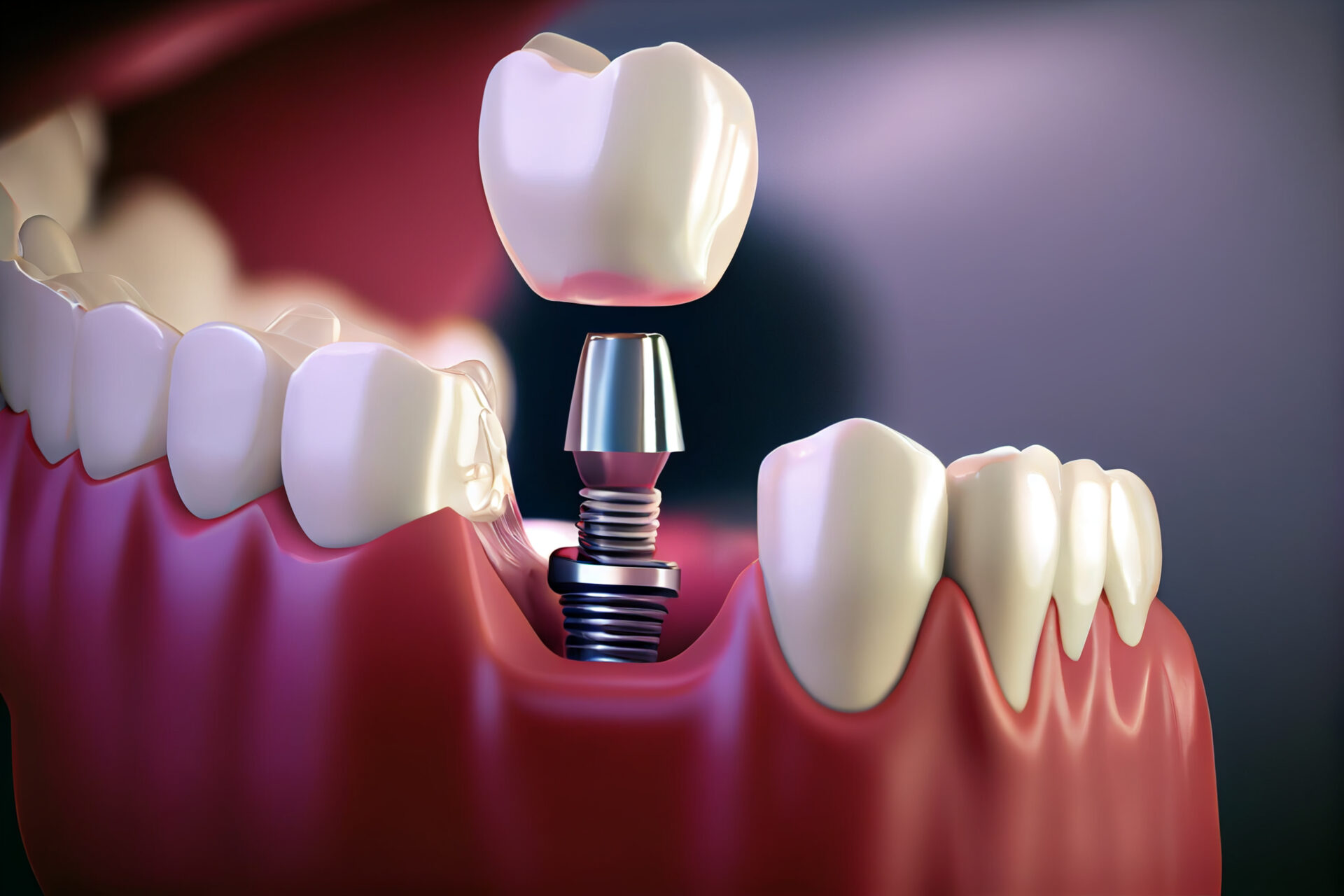
Dental implant is the ideal replacement for a missing tooth
Dental implant, is a prototype of a natural tooth root, made of the most biocompatible metal, Titanium Zirconium, which fuses to the jaw bone (osseo integrated) over a period of time. A crown is placed over it. If done well, it looks, feels and lasts like the real tooth it replaces.
And with our world class dental implantology team we specialize in:
a. Fixed Options (Implant Supported Bridges)
b. Semi-fixed Options (Overdentures)
Root canal is a treatment to repair and save a badly damaged or infected tooth instead of removing it. The term “root canal” comes from cleaning of the canals inside a tooth’s root. Decades ago, root canal treatments often were painful. With dental advances and local anesthetics, most people have little if any pain with a root canal.
Signs and symptoms may include swelling around your face and neck, a hole in your tooth, toothache or tooth pain, gum swelling and temperature sensitivity.
Left untreated, bacteria and decaying material can cause a serious infection or a tooth abscess, leading to pulp death, bone loss and loss of the tooth itself.
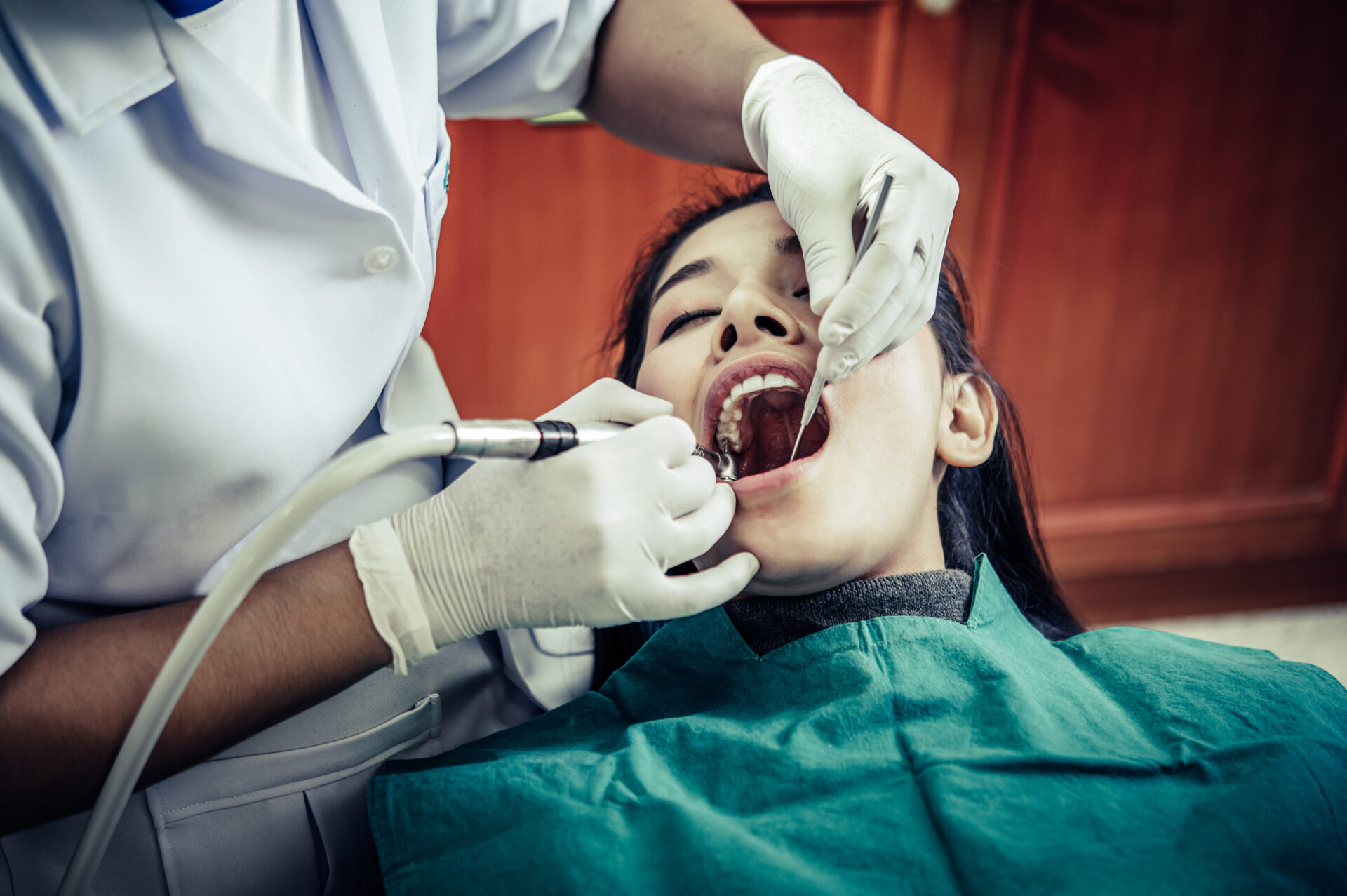

Gum surgery or Periodontal Surgery is a dental procedure performed to treat gum or periodontal disease, which occurs due to bacterial infection that affects the gum tissue, causing inflammation, swelling, redness, and loss of the bones surrounding the teeth. Periodontal disease begins to develop when bacteria in the mouth are already attached to the teeth and gums. A biofilm called dental plaque forms as the bacteria grow and multiply. Dental plaque can be removed by the usual oral hygiene practices such as brushing the teeth and flossing and by undergoing periodic scaling and root planing procedure. If the dental plaque is not removed and is left to remain on the teeth surface for a long time, the gingival tissues are likely to become inflamed until gum disease develops.
A gum disease in its early stages is usually called gingivitis. When the gingivitis develops as more plaque builds up on the teeth surface, a serious gum disease called periodontitis develops. If a person’s gum disease becomes too severe, surgery may be the only feasible option, and the dentist is likely to discuss the type of surgery that will best suit the patient. There are different types of gum surgery depending on the condition of the patient’s gum, including pocket reduction or gingival flap surgery, regeneration, crown lengthening, and soft tissue graft.
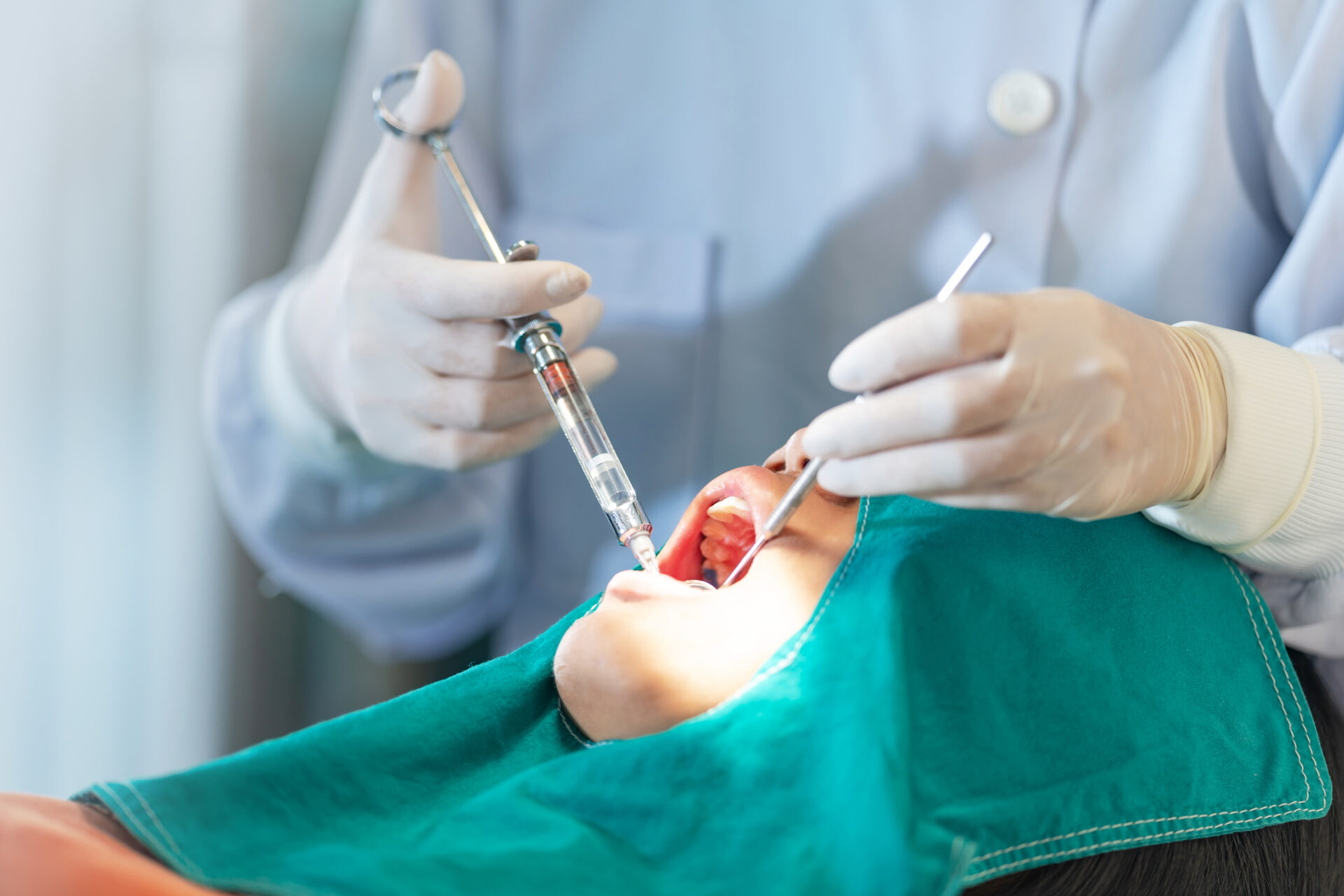
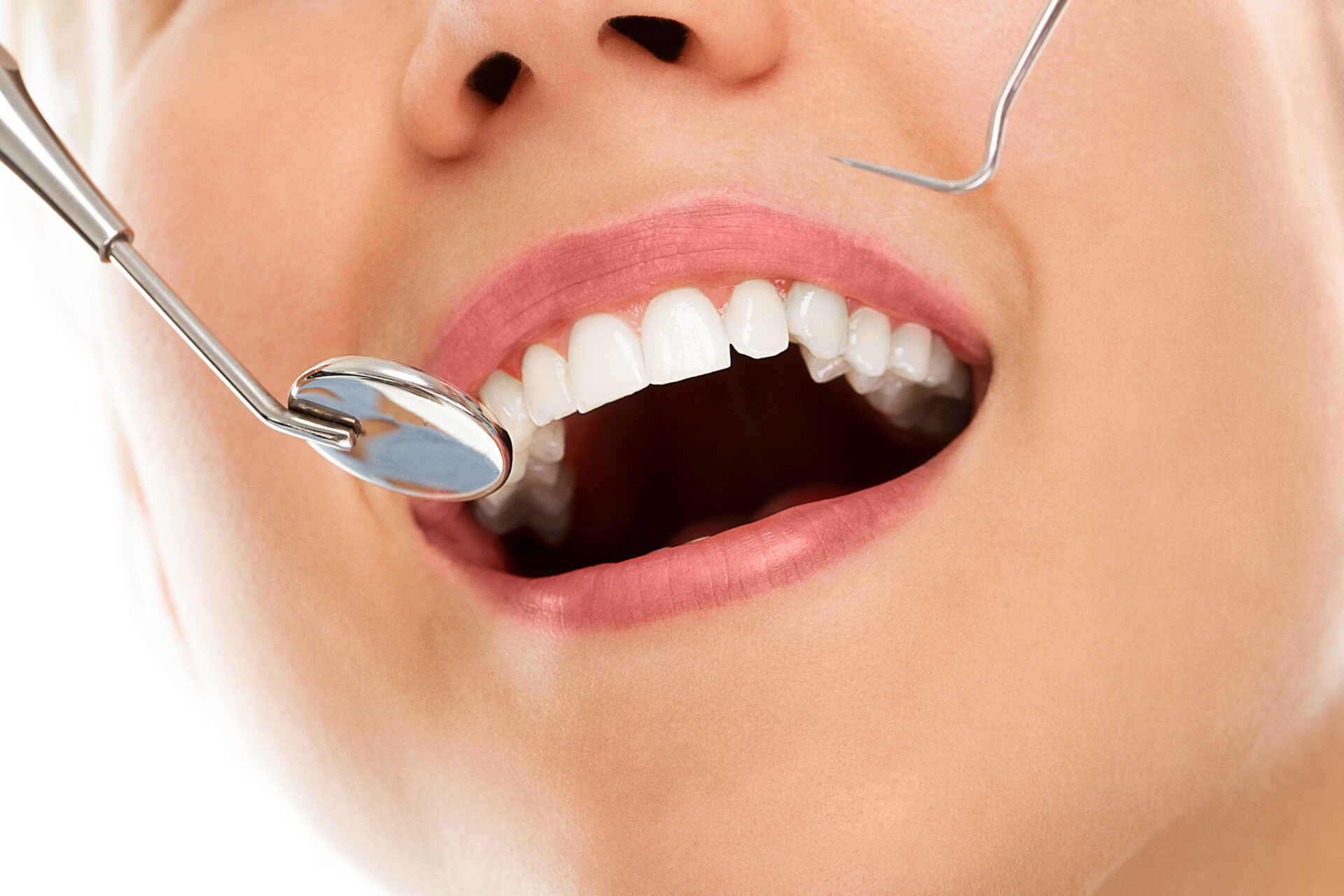
WEDDING SMILE MAKEOVER
If you’re unhappy with the appearance of your smile, a wedding smile makeover can help in many ways:
Benefits go far beyond the wedding. Every smile makeover is customized, so it’s impossible to say when you should start your makeover until we know what the right procedures are for you but here is an approximate break down of the timeline that you can expect.
Wisdom teeth, otherwise known as third molars, are the last set of teeth to develop. Sometimes these teeth emerge from the gum line and the jaw is large enough to allow room for them, but most of the time, this is not the case. More often, one or more of these third molars fails to emerge in proper alignment or fails to fully emerge through the gum line and becomes entrapped or “impacted” between the jawbone and the gum tissue. Impacted teeth can result in swelling, pain, and infection of the cheek & gum tissue surrounding the wisdom teeth. In addition, impacted wisdom teeth can cause permanent damage to nearby teeth, gums, and bone and can sometimes lead to the formation of cysts or tumors that can destroy sections of the jaw.
Therefore, we recommend to people with such teeth to undergo impacted wisdom tooth removal surgery.
Impacted teeth can result in swelling, pain, and infection of the cheek & gum tissue surrounding the wisdom teeth. In addition, impacted wisdom teeth can cause permanent damage to nearby teeth, gums, and bone and can sometimes lead to the formation of cysts or tumors that can destroy sections of the jaw. Therefore, we recommend to people with such teeth to undergo impacted wisdom tooth removal surgery.
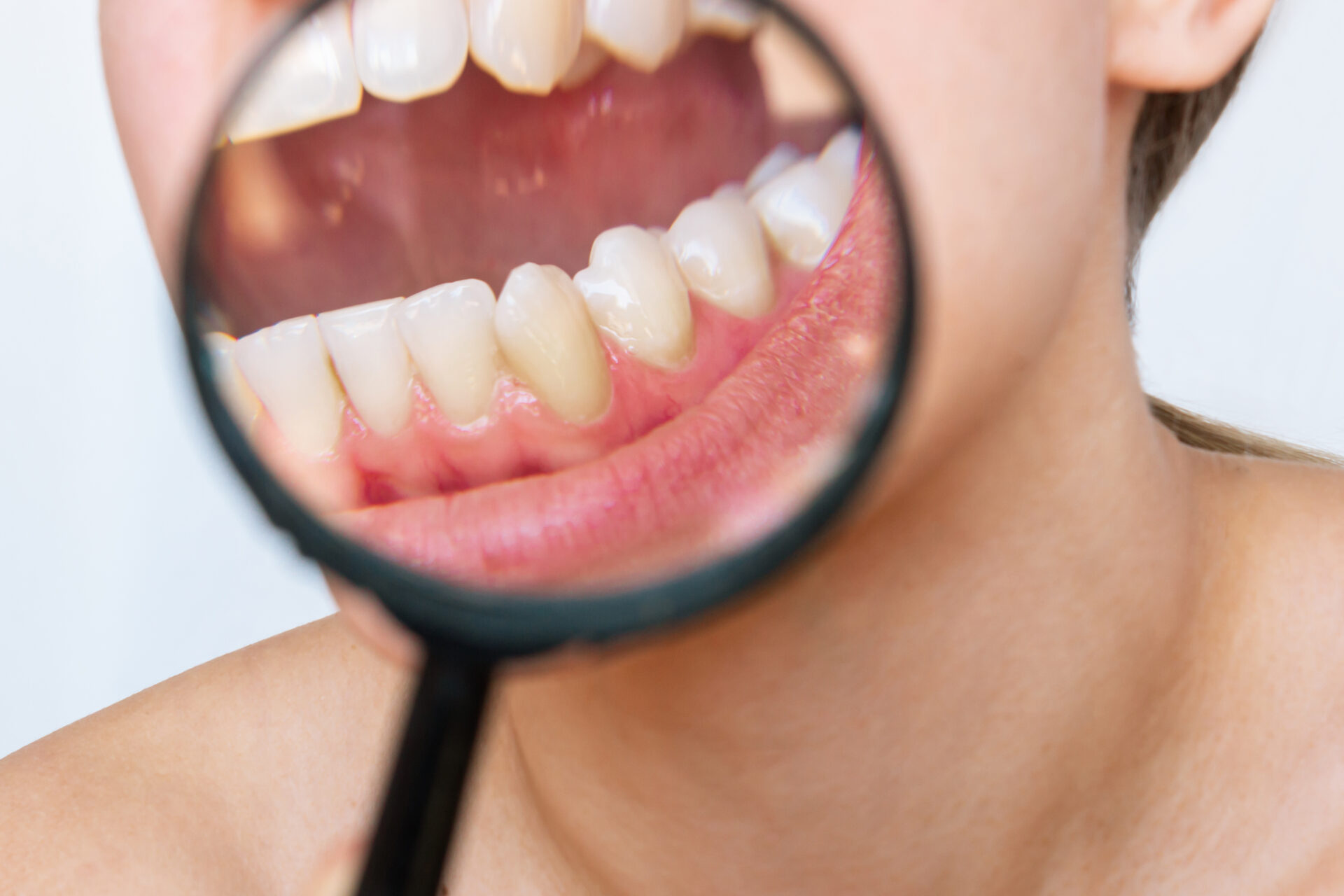
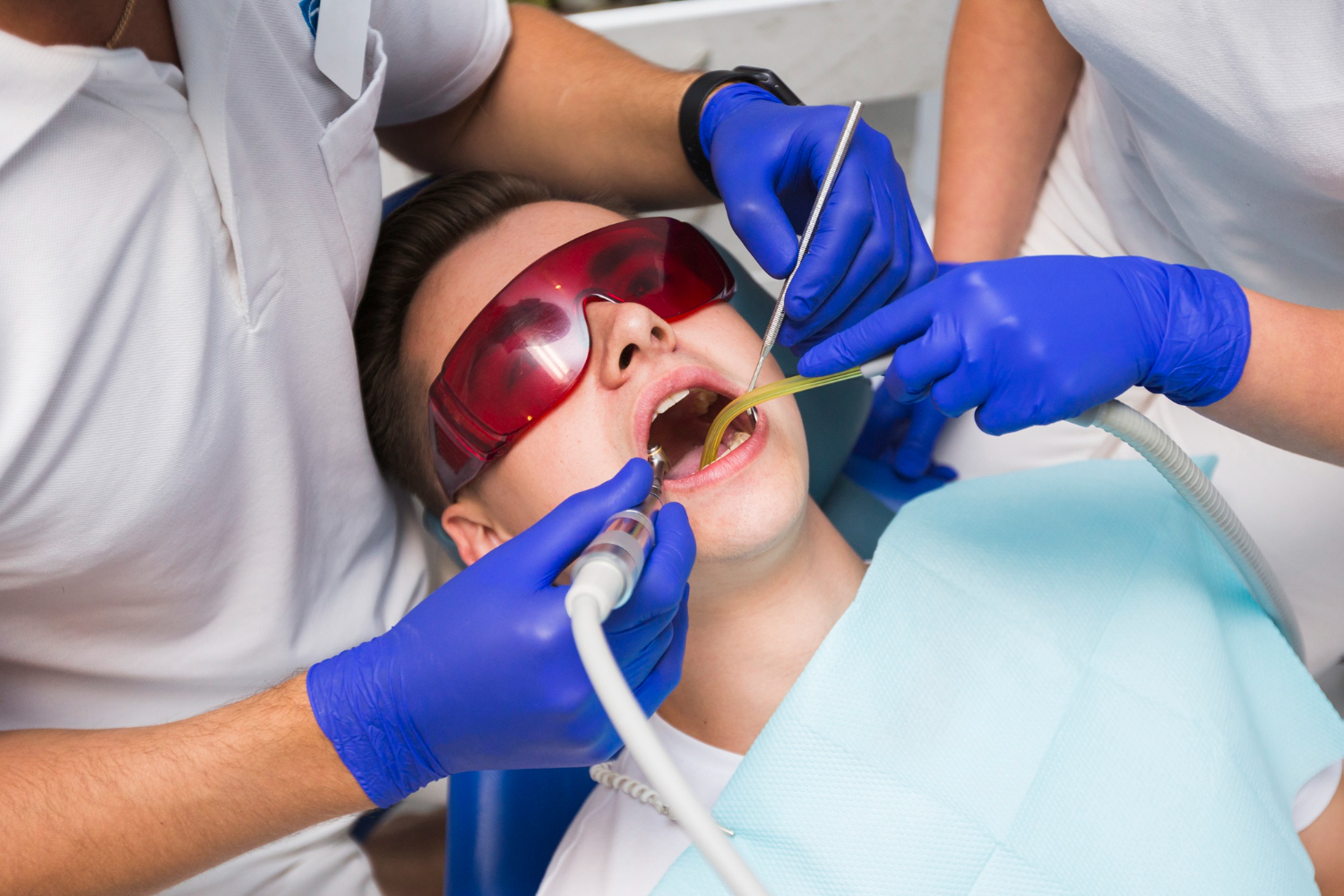
The following maxillofacial pathologies are screened for and treated at SIARIS,
